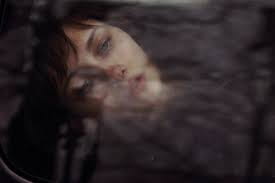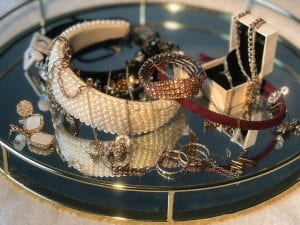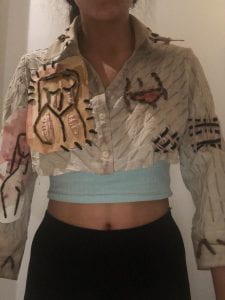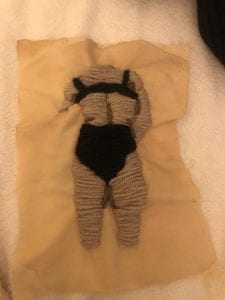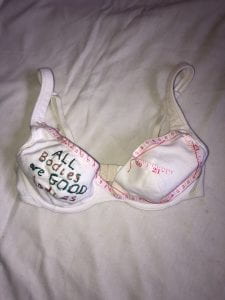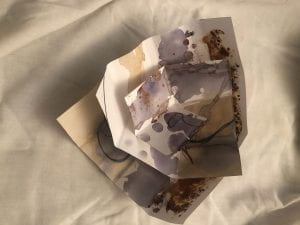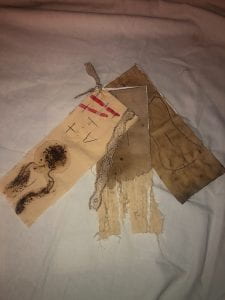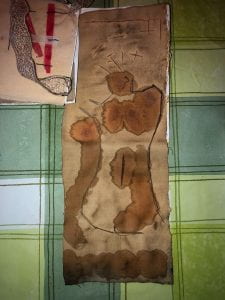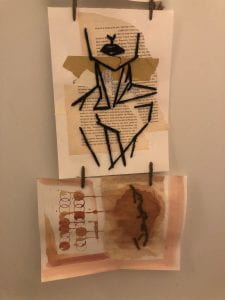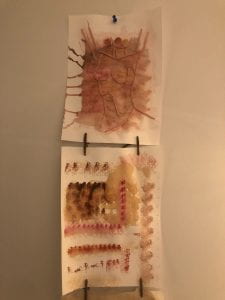Isabella Bubola is famous as a model, but she’s also a fine art/portrait photographer. It’s inspired by surrealism, colours and dreams. Isabella has her own website where you can see her work both as a model and as a photographer. She’s also a blogger who shares fashion and self-portrait photography tips with her followers. Croatian photographer Isabella Bubola’s self-portraits show that portraiture is timeless, with an endless number of avenues for a photographer to convey a new image, as she presents a rare vision of her world so that we can see her in her concentrated state. Isabella’s fascinatingly stunning self-portraits cause us to get close enough to see the close-up details of the model.
Bubola is inspired by many things including; Travelling, movies by Xavier Dolan and Sofia Coppola, overheard conversations, trip-hop music, paintings by Toulouse-Lautrec and Degas, fanzines, books (Harry Potter, A Single Man, The Perks of being a Wallflower, Carol, The Hours), TED Talks, podcasts (Debbie Millman’s ‘‘Design Matters’’ and ‘‘99% invisible’’). Bubola’s works have been shown in a number of group exhibitions. In her photograph, she attempts to capture both the mood and the feelings, because she feels that emotions will create a connection between the spectator and the work of art. The mixture of Isabella’s delicate, elf-shaped face and her preference of sharp backgrounds and a fading palette both serve to create a surreal, otherworldly imagery.


